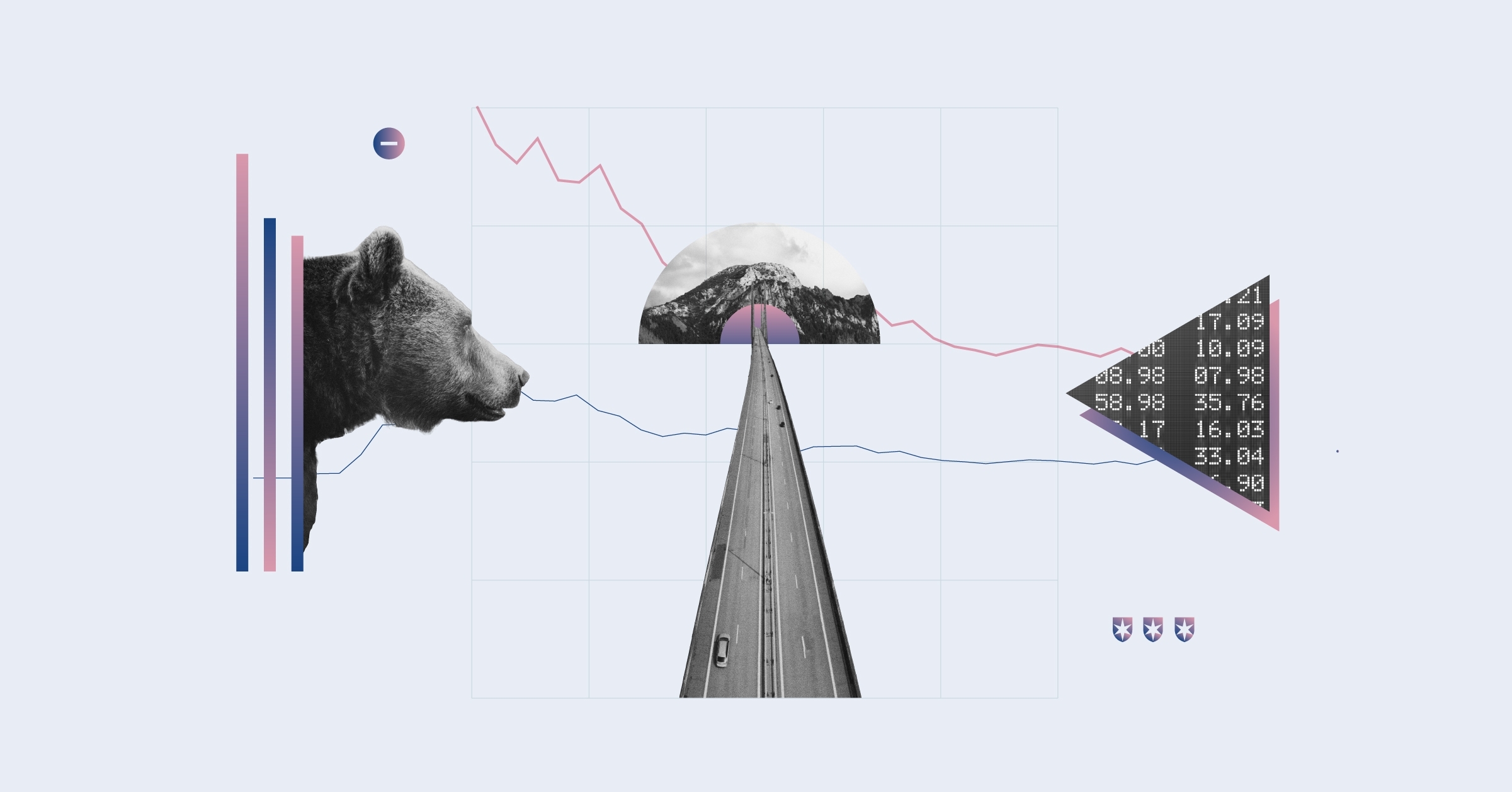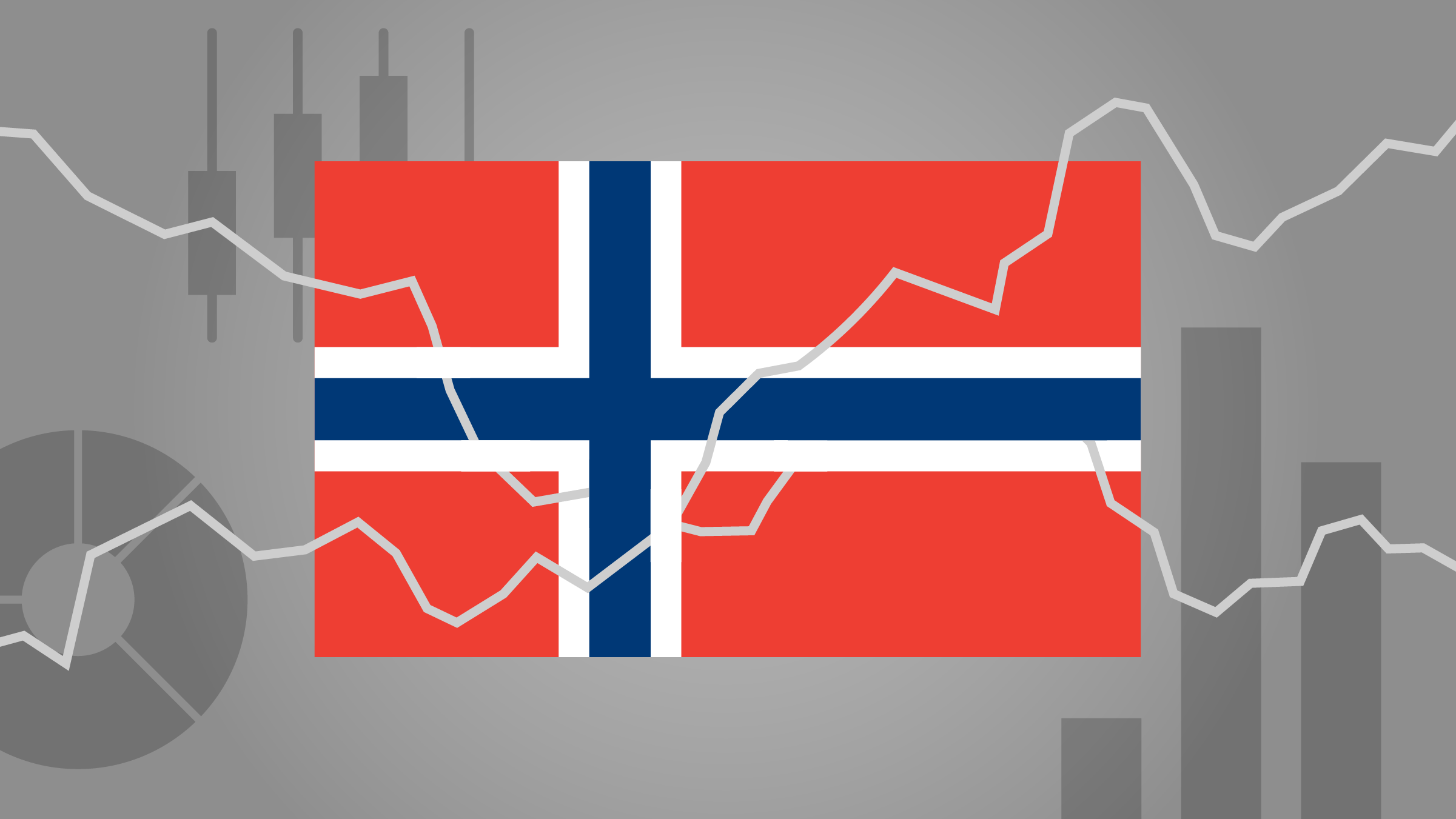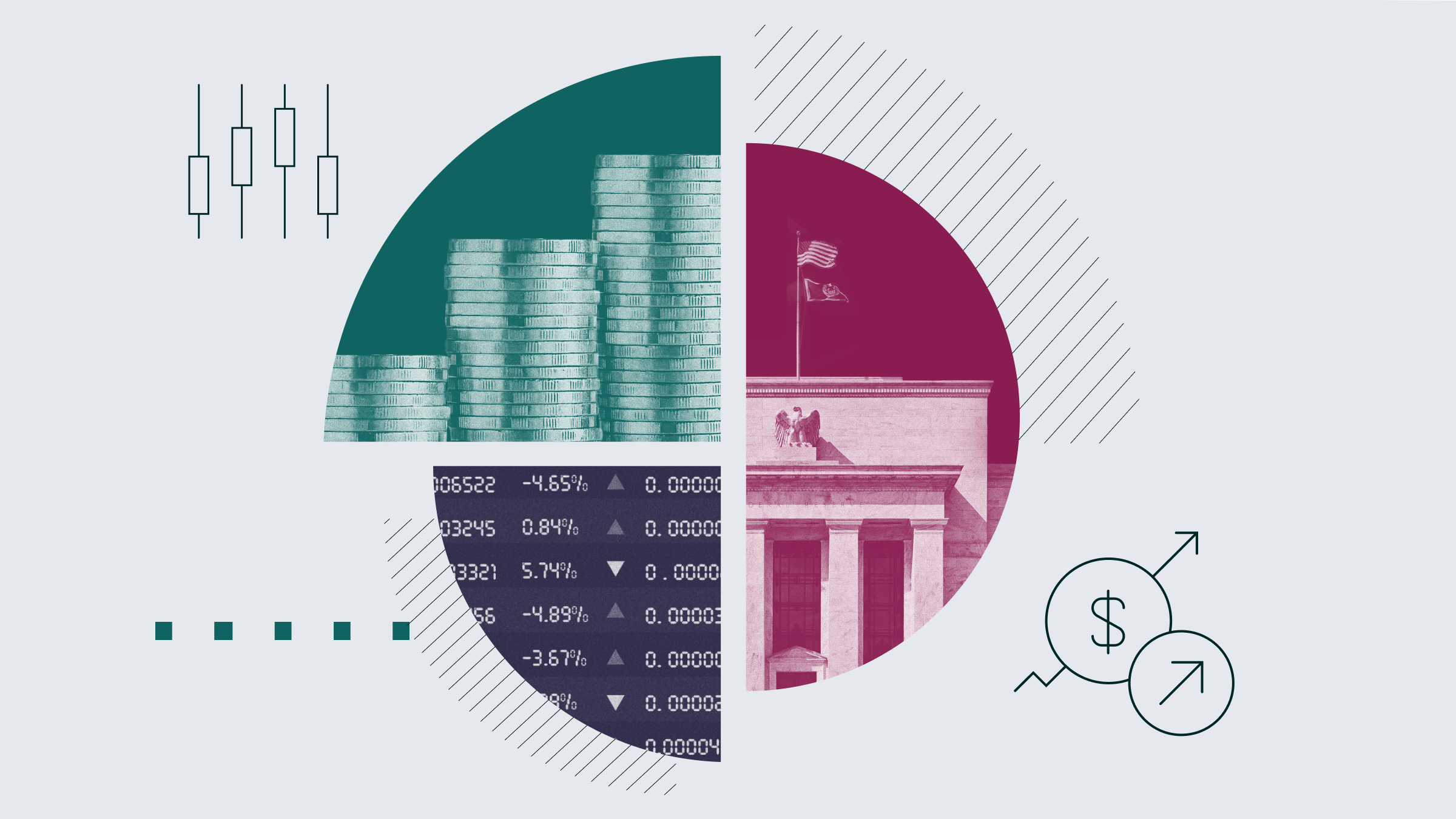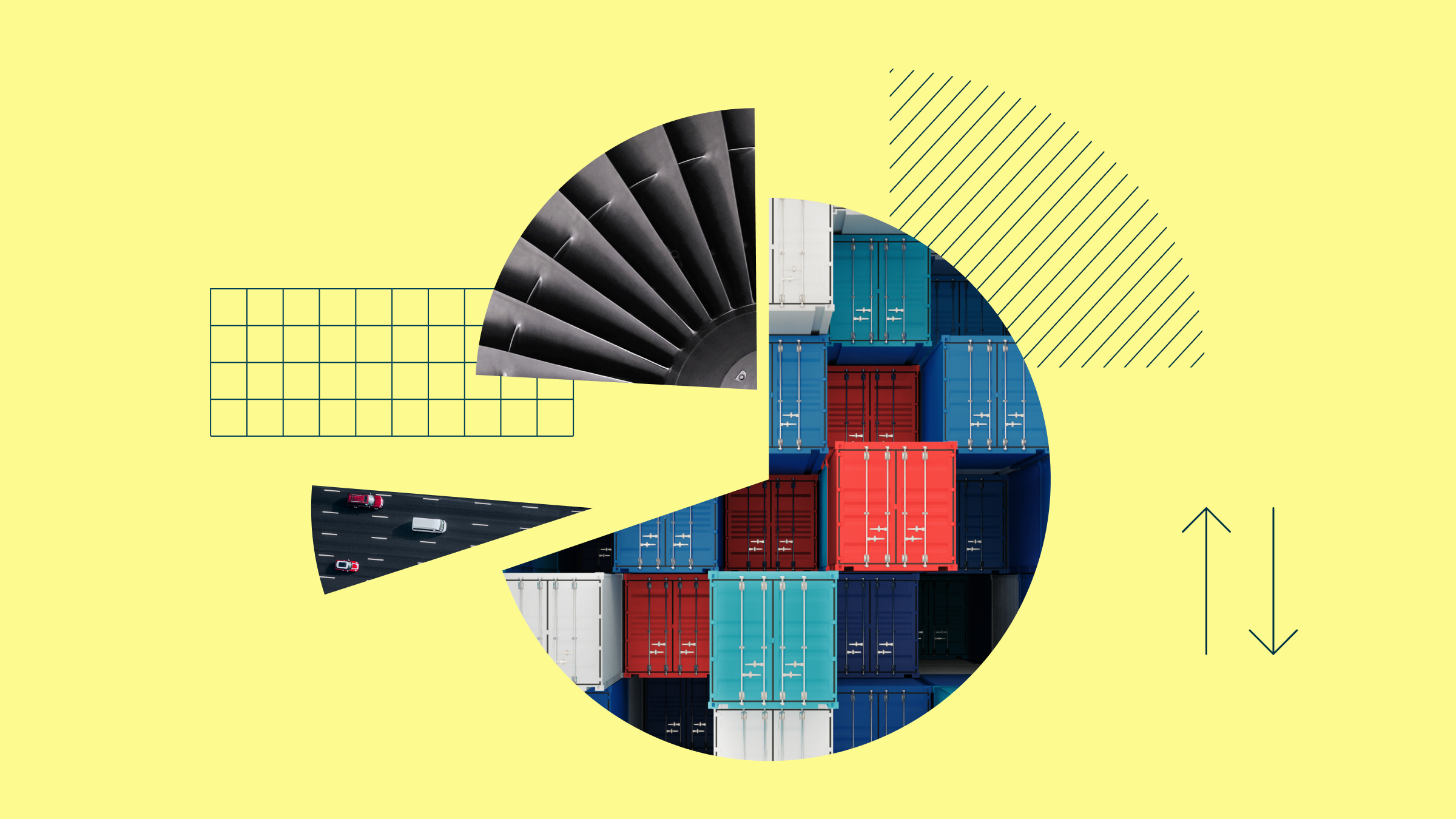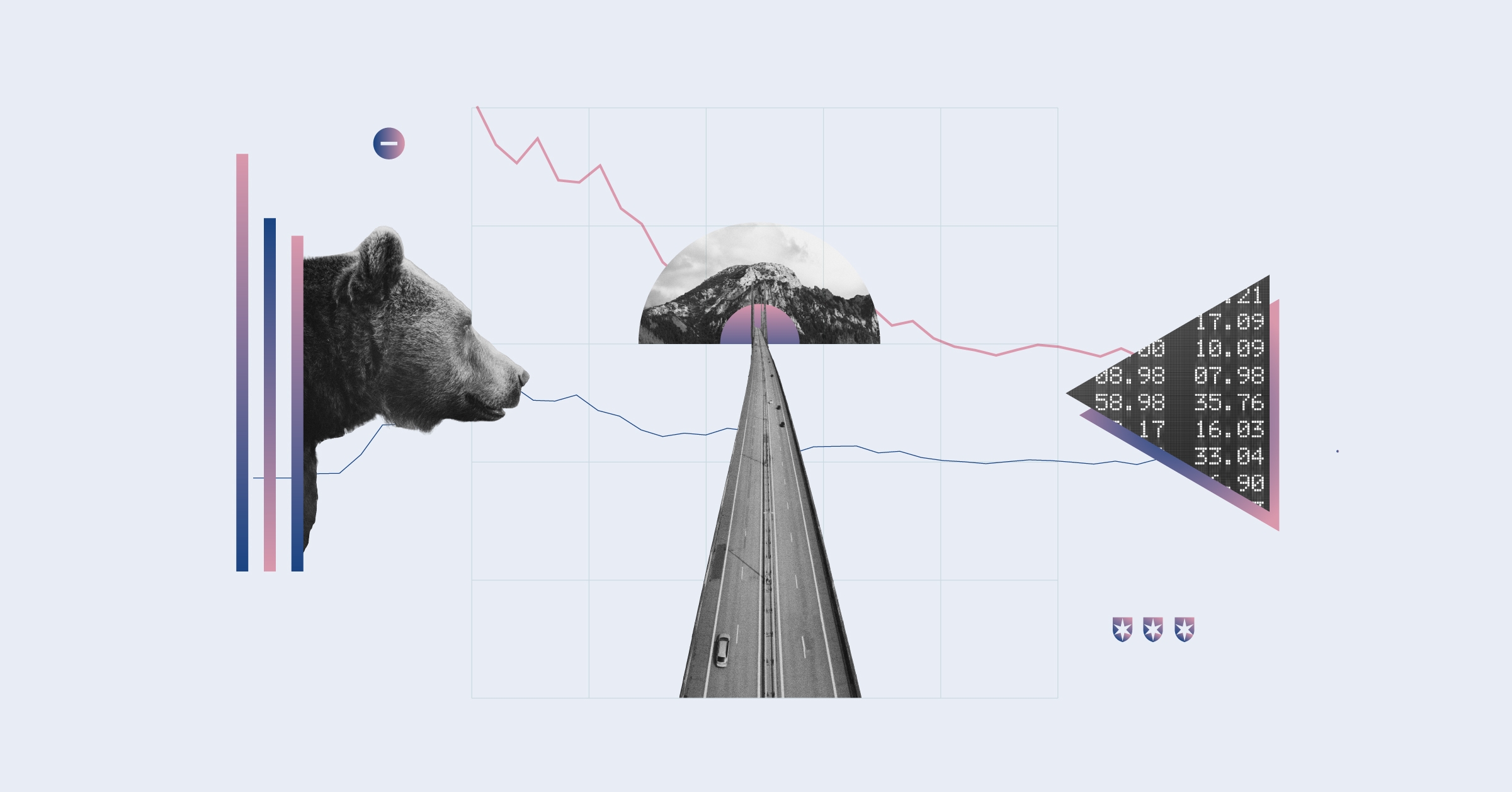Jeremy Glaser: For Morningstar, I'm Jeremy Glaser. Many investors have been keenly aware of risks recently. I'm here today with Matt Coffina--he is the editor of Morningstar StockInvestor newsletter--to look at some of the key risks that investors should be aware of and also the right way to think about it.
Matt, thanks for joining me.
Matt Coffina: Thanks for having me, Jeremy.
Glaser: Let's start with how to think about risk. With investing, that can be different things to different people. What's the way that you think that most people should think about risk in a portfolio?
Coffina: I think there are a few key points here. One, if you own a diversified portfolio, as we do with our Tortoise and Hare portfolios, you really need to be focused on correlated risk exposures, or exposures that affect multiple holdings at once. I'm less interested in company-specific risks if they only affect one company, which might have 3% or 5% weighting in a given portfolio. Those kinds of risks tend to matter less to the overall performance of a portfolio over time. In contrast, a risk like interest-rate risk could affect many holdings all at once, and that's the kind of risk that you really need to be focusing on.
The other thing that I would say, in general, is that investors need to understand that every investment comes with risk. There's no such thing as a risk-free investment, except maybe Treasury bonds. But certainly when it comes to stocks, every company involves risk, and it's a matter of understanding which risks are worth taking and which risks we're being rewarded for. So, investors' goals should not be, for example, to just minimise risk but really to maximise your return for the risk that you're taking on.
When I say that, I'm not meaning risk in the sense of volatility, which is the traditional academic definition of risk. We're much more interested in the fundamental risk to a business, the things that could affect a company's cash flows over the long run that can make a company's intrinsic value different than what you expect it be and could prevent you, over a long period of time, from realising the kinds of returns you're hoping for.
Glaser: You've identified 12 sources, non-exhaustive sources, of risk in a portfolio. Can you talk about what those are?
Coffina: I focused in on 12 sources of risks recently, and then I went through our Tortoise and Hare holdings and actually ranked each of our holdings along each of these 12 factors. As you mentioned, this isn't meant to be an exhaustive list, but I think this covers the bases in terms of the risks that investors should be aware of.
The 12 risks that I came up with were business-cycle risk, industry-cycle risk, technological-disruption risk, competition, regulatory risk, interest-rate risk, financial-market risk, commodity-price risk, currency risk, stewardship risk, event risk and valuation risk.
And again, every single one of our holdings has a fair bit of exposure to least one, and usually more than one, of these risk factors. And it's not a question of minimising risk but of making sure that we're being adequately compensated for the risks that we're taking on.
Glaser: Let's take a deep dive into a few of these, the first being competition risk. How do you think about the threat of competitors as it impacts your portfolio holdings?
Coffina: No company is immune from competition. I think competition affects all companies to one degree or another. So, on one end of the spectrum, you could think of regulated utilities or midstream energy companies. These companies tend to face relatively little competition, especially when it comes to existing assets. But that said, even these companies face competition when competing for new investment projects. So, there are usually going to be at least a few firms bidding on any given project. Whether it's to transport oil from the Bakken Shale to the Gulf Coast or to build a new transmission line somewhere in the Midwest, there's always going to be some degree of competition. But those companies face very little competition relative to the broader universe of stocks.
On the other hand, we own some companies that are in very competitive fields--things like asset management or banking or retailers. And I don't think there's anything wrong with owning those kinds of companies, but ideally you want companies that are going to compete on something other than price alone.
So, we look for companies that have a competitive advantage, whether it's from branding or established customer relationships or product innovation. Some factors such as those that allow them, again, to distinguish themselves from the competition, not just using price. If you're competing primarily on price, that tends to be a race to the bottom, whereas if you're competing on branding, you might be able to maintain price premiums versus your competitors and earn relatively healthy margins and returns on capital.
Glaser: How about interest-rate risk? That's a topic that has certainly been top of mind recently.
Coffina: Yes. Definitely, investors have been focused on interest-rate risk for the last couple of years here. There's no escaping interest-rate risk when it comes to investments. So, that's the first point to be aware of. Every single company has some degree of interest-rate risk.
I would say interest-rate risk tends to be more severe for the defensive kinds of stocks, especially higher-yielding defensive names like regulated utilities, real estate investment trusts. More cyclical companies tend to have somewhat less interest-rate risk, if only because interest rates tend to rise during periods of economic expansion when the economy is doing relatively well. More cyclical companies have more upside from potentially greater cash flows during those periods, and so they can offset the higher discount rates that come with interest-rate risk, whereas regulated utilities' cash flows are not going to vary all that much depending on the economic environment, which means those discount-rate considerations really dominate.
A good thing to keep in mind about interest-rate risk, I think, is that to avoid a lot of the other kinds of risk that we talked about--business-cycle risk, industry-cycle risk, technological-disruption risk--you often have to take on a fair bit of interest-rate risk to do that. So, there's always a trade-off between these different risk factors. And if you reduce risk in one area, there's a good chance that you're taking on a different kind of risk in another area.
Glaser: How do you think about valuation risk, then?
Coffina: This is the only risk on that list of 12 that I gave you that apply specifically to common stocks, as opposed to the fundamentals of the underlying businesses or the cash flows of the underlying businesses. But even the best business can be a poor investment if you pay too high of a price, and this is where valuation risk comes in.
So, in general, the more optimism that investors are baking into a stock price--the more aggressive their assumptions about future growth, future margins, and so on--the more risk there is that investors are going to be disappointed. And we own some stocks that are trading at deep discounts to fair value, trading at low price/earnings multiples, that are baking in low expectations; but we also own some stocks trading at relatively high multiples, maybe trading close to fair value. In those stocks, there is just more risk that investors are going to be disappointed. You're not getting as much of a margin of safety from the valuation itself as opposed to the stability and safety of the business that the stock represents.
Glaser: Matt, thanks so much for your take on risk today.
Coffina: Thanks for having me, Jeremy.
Glaser: For Morningstar, I'm Jeremy Glaser. Thanks for watching.






